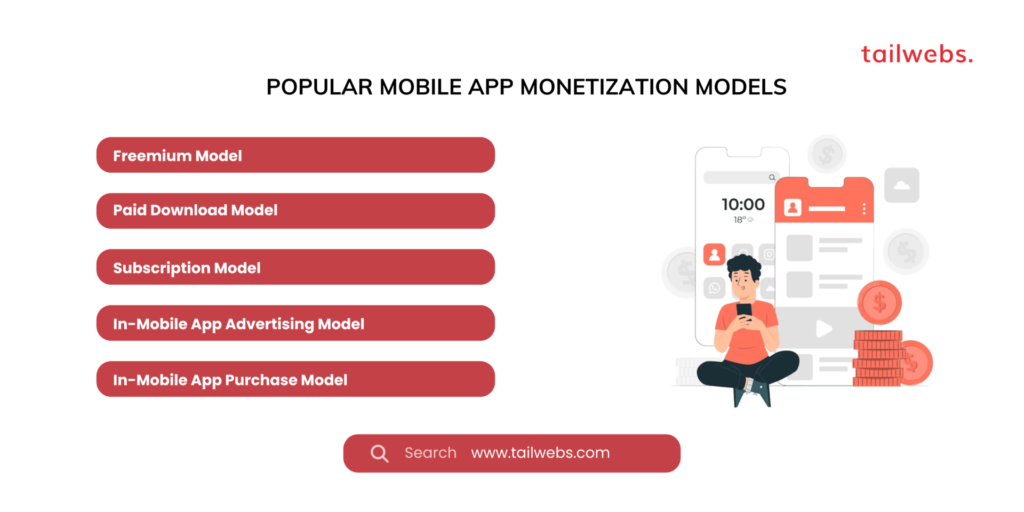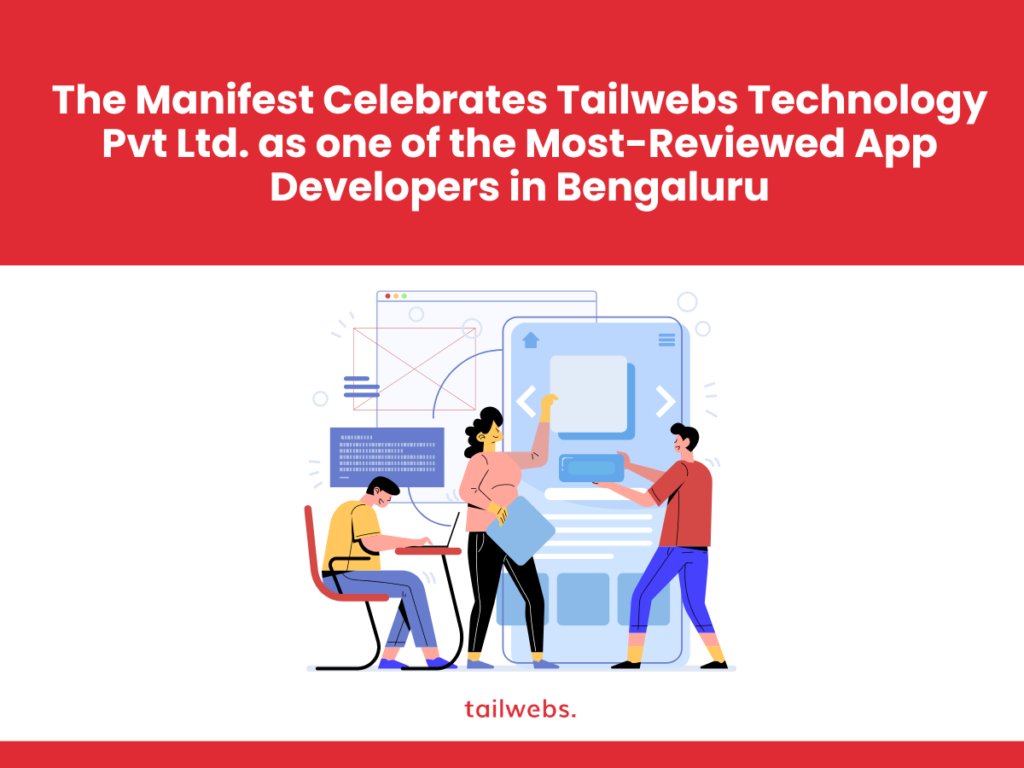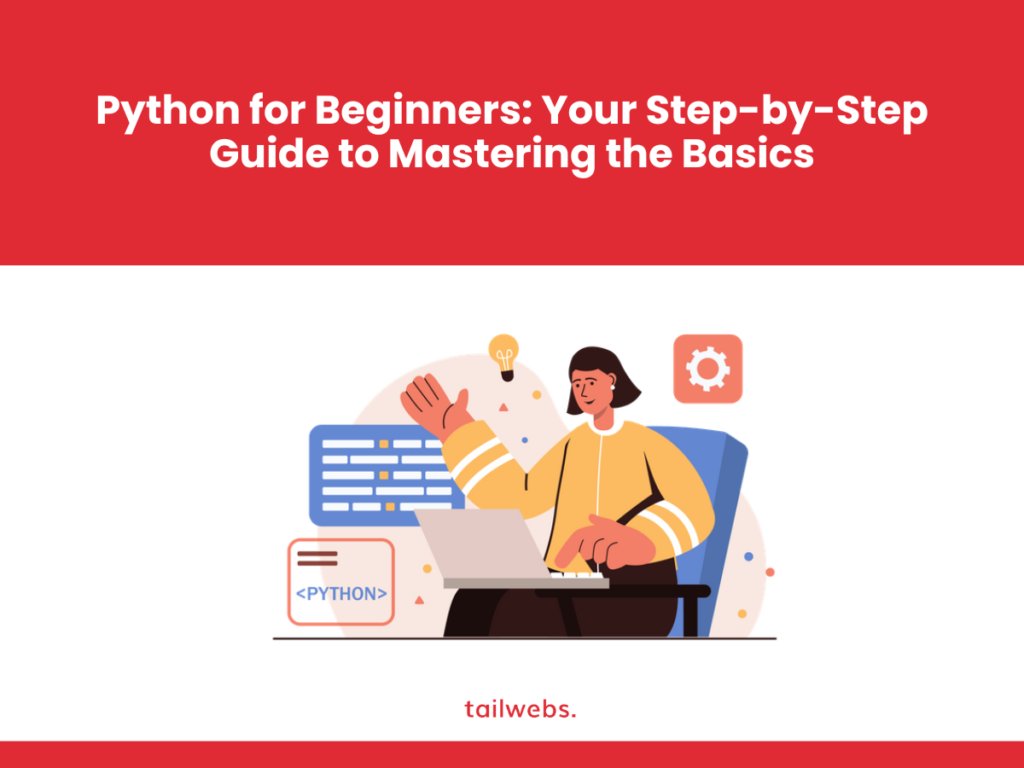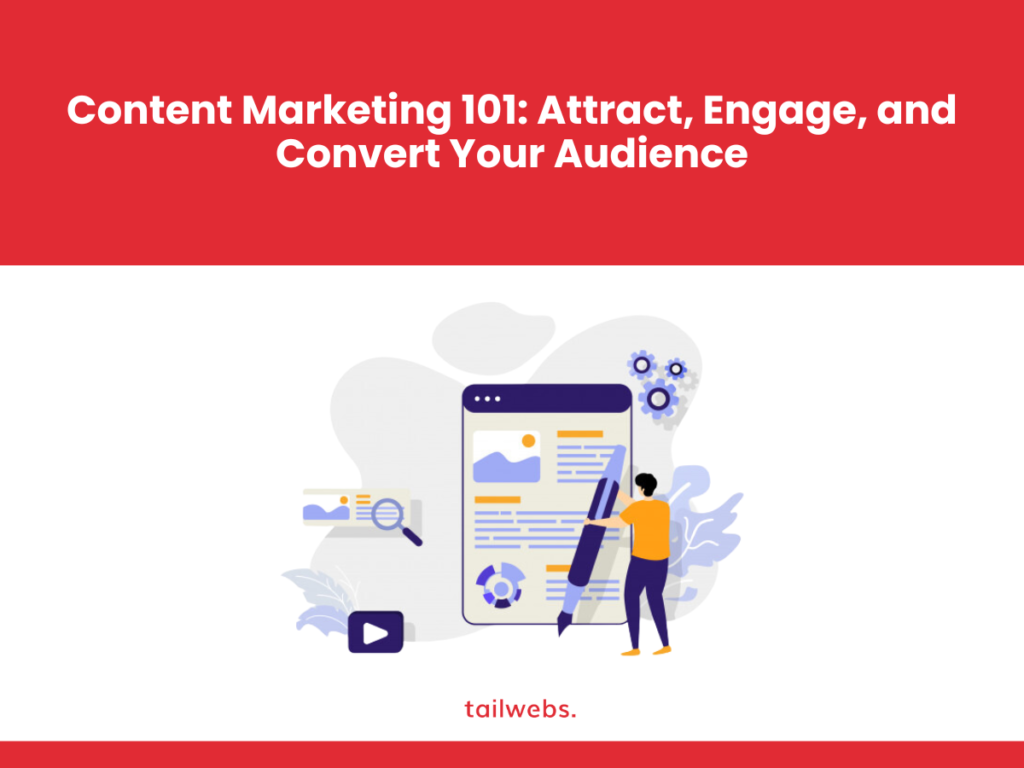In today’s app-driven world, creating a captivating mobile app is just the first step. The ultimate goal is to turn your app into a sustainable business venture. This is where app monetization strategies come into play. Monetization involves generating revenue from your app users, ensuring your app’s long-term viability.
There are various app monetization models, each with its own advantages and considerations. This comprehensive guide explores the most popular app monetization models, providing insights into their effectiveness and practical tips for maximizing your app’s revenue potential.
Understanding User Acquisition Costs
Before delving into monetization strategies, it’s crucial to understand User Acquisition Cost (UAC). UAC refers to the cost associated with acquiring a new user for your app. This includes marketing expenses, advertising costs, and other efforts to drive app downloads and installations.
Knowing your UAC is essential for choosing the right monetization model and ensuring your chosen strategy generates enough revenue to cover user acquisition costs and contribute to your overall business goals.
Popular Mobile App Monetization Models
Here’s an overview of the most widely used app monetization models:
Freemium Model:
The freemium model offers a basic version of your app for free, with limited features or functionality. Users can upgrade to a premium version for an enhanced experience, access to additional features, or ad-free usage.
Benefits:
- Large user base: Freemium attracts a wider user base, allowing you to showcase your app’s value proposition.
- Increased brand awareness: A larger user base translates to greater brand awareness and potential for upselling premium features.
Considerations:
- User conversion challenge: Converting free users to paying premium users can be challenging. You need to offer a compelling value proposition for the premium version.
- Revenue dependence on conversion rate: Your revenue hinges on the percentage of free users who convert to premium.
Paid Download Model:
Users pay a one-time fee to download and access the full functionality of your app.
Benefits:
- Upfront revenue generation: You receive revenue upfront with each app download.
- Simpler implementation: The paid download model is relatively straightforward to implement compared to other models.
Considerations:
- Limited user base: This model might restrict your user base as users are less likely to download apps requiring upfront payment, especially for unknown apps.
- Competition with freemium apps: Users might opt for freemium alternatives unless your paid app offers exceptional value and unique features.
Subscription Model:
Users pay a recurring fee (monthly, quarterly, or annually) to access your app’s full functionality or premium features.
Benefits:
Predictable revenue streams: Subscription models provide predictable recurring revenue, allowing for better financial planning.
Fosters user engagement: Subscription models incentivize user engagement as users need to find value in the app to justify ongoing payments.
Considerations:
User churn: Subscription models are susceptible to user churn (users canceling subscriptions). Focus on delivering ongoing value and features to retain subscribers.
Competitive pricing strategy: Pricing needs to be competitive and justify the value offered compared to alternative apps.
In-Mobile App Advertising Model:
This model involves displaying advertisements within your app. You earn revenue whenever users click on or interact with these ads.
Benefits:
Monetization without upfront costs: You can start monetizing your app immediately without requiring users to pay upfront.
Scalable revenue potential: Revenue potential can scale significantly with a large user base as ad impressions increase.
Considerations:
User experience impact: Excessive or intrusive ads can negatively impact user experience and lead to app uninstallations.
Reliance on user engagement: In-app ad revenue depends on user engagement with the ads.
In-Mobile App Purchase Model:
Users pay for virtual goods, consumable items, or additional features within the app. This model is commonly used in gaming apps and productivity apps.
Benefits:
High monetization potential: In-app purchases can generate significant revenue, especially for engaging apps with a loyal user base.
Enhances user experience: In-app purchases can enhance the user experience by providing additional features or customization options.
Considerations:
Pay-to-win perception: An overreliance on in-app purchases can create a “pay-to-win” perception, discouraging non-paying users.
Balancing freemium elements: For freemium apps with in-app purchases, ensure the free version

Choosing the Right Monetization Model: Factors to Consider
The optimal monetization model for your app depends on several factors:
- App Category & Functionality: Gaming apps often thrive on in-app purchases or in-app advertising, while productivity apps might lean towards freemium with premium subscriptions for advanced features.
- Target Audience: Consider your target audience’s willingness to pay. Are they accustomed to paying for apps, or are they more receptive to freemium models with in-app advertising?
- Development & Maintenance Costs: Factor in the ongoing costs of app development, maintenance, and server upkeep. Subscription models can help ensure a steady income stream to cover these costs.
- Competition: Analyze how your competitors in the app category are monetizing their apps. This can provide valuable insights into successful strategies within your niche.

Here’s a quick decision-making framework to help you choose the right model:
- If you want to prioritize user acquisition and build a large user base, consider: Freemium model with in-app advertising or a freemium model with a subscription option for premium features.
- If you offer a premium app with exceptional value and unique features, the paid download model might be suitable.
- If your app offers ongoing value and continual updates, a subscription model can generate predictable revenue.
- If development costs are a major concern, in-app advertising can provide a monetization option without requiring upfront payments from users.
App Monetization Optimization Strategies
Once you’ve chosen your monetization model, here are some key strategies to optimize your app’s revenue generation:
Freemium Model Optimization:
Provide clear value in the free version:
The free version should be functional and engaging enough to entice users to upgrade for the premium experience.
Strategic placement of premium features:
Showcase the benefits of premium features strategically within the free version to encourage upgrades.
Offer limited-time promotions:
Run time-bound promotions or discounts on premium subscriptions to incentivize conversions.
Paid Download Model Optimization:
App Store Optimization (ASO):
Optimize your app listing with relevant keywords and captivating visuals to improve discoverability and encourage downloads.
Offer free trials or demos:
Consider offering limited-time free trials or demos to allow users to experience the app’s value before committing to a purchase.
Leverage positive user reviews:
Encourage satisfied users to leave positive reviews on app stores. Positive reviews build trust and encourage potential users to download your paid app.
Subscription Model Optimization:
Offer tiered subscription plans:
Provide different subscription tiers with varying features and pricing to cater to diverse user needs and budgets.
Deliver exclusive content and benefits for subscribers:
Offer exclusive content, features, or early access to new features for subscribed users to enhance the subscription value.
Combat churn with user engagement:
Focus on user engagement strategies like personalized recommendations, loyalty programs, and exclusive events to keep subscribers invested in your app.
In-App Advertising Model Optimization:
Target the right audience:
Utilize user data and analytics to target advertisements to relevant user segments, increasing ad relevance and click-through rates.
Choose high-quality ad formats:
Select non-intrusive ad formats that blend seamlessly with your app’s design to minimize user annoyance.
Track and analyze ad performance:
Monitor ad performance metrics like impressions, clicks, and conversion rates to identify high-performing ad placements and optimize ad campaigns for better returns.
In-App Purchase Model Optimization:
Offer a variety of in-app purchases:
Provide a range of in-app purchases catering to different user needs and spending capacities.
Balance in-app purchases with core gameplay:
Ensure in-app purchases enhance the user experience, not become a pay-to-win necessity.
Limited-time purchase offers:
Run limited-time sales or special offers on in-app purchases to create a sense of urgency and encourage buying decisions.
The Future of App Monetization: Emerging Trends
The app monetization landscape is constantly evolving. Here are some emerging trends to keep an eye on:
In-app subscriptions with freemium elements:
A hybrid approach combining freemium elements with tiered subscription options is likely to gain traction, offering users more flexibility and choice.
Contextual advertising:
Advancements in ad targeting will enable more contextual in-app advertising. Ads will be tailored to user behavior and preferences within the app, leading to higher click-through rates and improved user experience.
Subscription Model Innovation:
Subscription models might evolve to offer more flexible options like pay-as-you-go or micro-transactions for specific features within an app.
Focus on User Value:
The core principle of successful app monetization will remain centered on delivering exceptional value to users. Monetization strategies will prioritize user experience and ensure a win-win scenario for both app creators and users.
Data-Driven Optimization:
Data analytics will play an increasingly crucial role in optimizing monetization strategies. By leveraging user data and app usage insights, developers can fine-tune their approach for maximum revenue generation.
The Rise of In-App Marketplaces:
Some apps might evolve into in-app marketplaces, allowing users to purchase digital goods or services directly within the app, creating a new revenue stream for app creators.
Conclusion: Choosing the Right Path to App Monetization Success
The world of app monetization offers a variety of options. By carefully considering your app’s unique features, target audience, and development costs, you can choose the most suitable monetization model. Remember, there’s no one-size-fits-all approach. Experiment, analyze data, and continuously optimize your strategy to ensure your app thrives in the ever-growing mobile app market.





